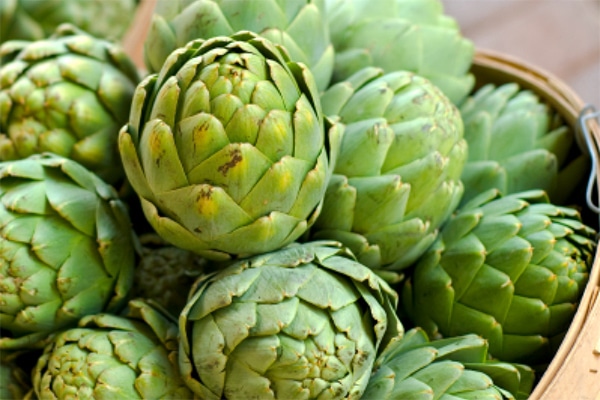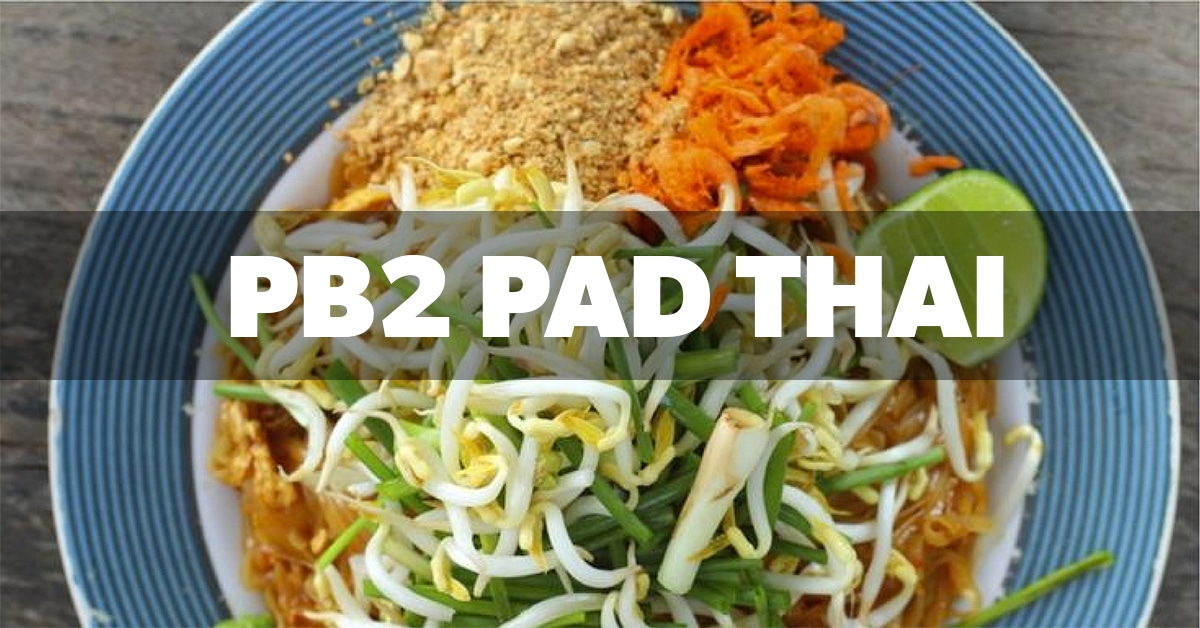Fiber is not only a necessary nutrient it is key to healthy living and weight loss. Fiber fills you up, lowers cholesterol, helps prevent diabetes, and is prevalent in many delicious fruits, legumes, vegetables and grains. Our digestive health needs fiber to keep things moving smoothly through our intestines.
Fiber actually refers to carbohydrates that cannot be digested and comes in two forms: soluble and insoluble. The soluble kind, found in oats, beans and peas, partially dissolves in water and helps lower cholesterol, while the insoluble kind does not dissolve and helps food move through our digestive tract, preventing constipation. Many fiber-filled foods actually have a combination of the two types.
16 HIGH FIBER FOODS TO ADD TO YOUR DIET
1. Split Peas
Fiber: 16.3 grams per cup, cooked.
A staple in Indian cooking, split peas form a terrific, protein-rich base for soups, stews, and dhals. This South Asian recipe is the best kind of comfort food: healthy, satisfying, and super filling.
2. Lentils
Fiber: 15.6 grams per cup, cooked.
Lentils are kitchen all-stars—they take less time to cook and are more versatile than many other legumes. This recipe takes advantage of their slightly meatier taste and turns them into a juicy patty that’s held together with lemon juice, cilantro, and walnuts.
3. Black Beans
Fiber: 15 grams per cup, cooked.
Sweet potato pairs perfectly with the smokiness of chipotle peppers and adds even more fiber to this hearty bean dish. Loaded with complex carbs and protein, this cold-weather stew makes a perfect post-workout meal.
4. Lima Beans
Fiber: 13.2 grams per cup, cooked.
Lima beans might sound unappetizing, but when cooked in bacon fat, paired with leeks, puréed into a soup, and topped with sour cream, they’re pretty darn delicious.
5. Artichokes

Fiber: 10.3 grams per medium vegetable, cooked.
Packing more fiber per serving than any other vegetable, artichokes are curiously underused in most people’s kitchens (perhaps because they look a bit… prickly). Get creative and try this simple recipe with lime, garlic, and black pepper.
6. Peas
Fiber: 8.8 grams per cup, cooked. Puréeing veggies is a great way to squeeze extra nutrients into any meal—this recipe comes together lightning-fast and is filled with protein, omega-3s, and, of course, fiber.
7. Broccoli
Fiber: 5.1 grams per cup, boiled. This caveman-friendly dish is pretty simple. To make these fritters, just combine onion, garlic, broccoli, eggs, and almond meal. Once they hit the table, you’ll be surprised how much broccoli gets finished in one sitting.
8. Brussels Sprouts
Fiber: 4.1 grams per cup, boiled.
Try this Asian twist on the old standard—this meal carries tones of ginger, sesame, and peanut that will keep you coming back for seconds (and maybe thirds).
9. Raspberries

Fiber: 8 grams per cup, raw.
Raspberries aren’t a hard sell—they’re basically nature’s candy. With the help of coconut, oatmeal, and vanilla, they make a relatively healthy dessert that pleases any palate.
10. Blackberries
Fiber: 7.6 grams per cup, raw.
Successfully mixing sweet and savory isn’t for the faint of heart, but this salad makes use of blackberries, lemon, scallions, and dill to great effect.
11. Avocados
Fiber: 6.7 grams per half, raw.
Few foods deserve the title of “superfood” more than the avocado, which is jam-packed with vitamins, fiber, and healthy fats. Pile it on top of this low-carb, Mexican-inspired salad to add some creamy goodness.
12. Pears
Fiber: 5.5 grams per medium fruit, raw.
This recipe is a simple and inexpensive way to experiment with an unusual flavor combination. Pork works well with sweeter flavors, and the high sugar content of pears makes them easy to caramelize.
13. Bran Flakes

Fiber: 7 grams per cup, raw.
Go-To Recipe: Vanilla, Honey, and Yogurt Smoothie with Bran Flakes
Short on time? Whip up a nutritious smoothie and take breakfast to go. This shake is a healthy and delicious way to get plenty of fiber and a hefty amount of protein, all in one glass.
14. Whole-Wheat Pasta
Fiber: 6.3 grams per cup, cooked.
With the right sauce, whole-wheat pasta is indistinguishable from its high G.I., white-flour cousin. Mix in avocado to add a wonderful creaminess to your pasta without using dairy.
15. Pearled barley
Fiber: 6 grams per cup, cooked.
It’s not just for making beer—barley is a chewy, nutritious grain that contains more fiber than oatmeal and brown rice. It can be used in soup, salad, or tea, but try it out in this tasty risotto with seasonal fall vegetables.
16. Oatmeal
Fiber: 4 grams per cup, cooked.
With just one tablespoon of maple syrup per serving, this breakfast is a guilt-free way to indulge in the morning. Plus, it’s packed with fiber-friendly oats, carrots, and coconut.
Want to Add More Fiber to Your Diet
• Chia seeds have a whopping 5.5 grams of fiber per tablespoon. When they meet with water, they form a goopy gel that is great for thickening smoothies, making healthy puddings, or replacing eggs in cakes and cookies.
• While spinach and carrots aren’t as high in fiber as the veggies mentioned above, they can easily be sliced or grated and snuck into many dishes without much hassle: Try adding some to banana bread, shakes, eggs, or even a homemade pizza base.
• Food processors are fiber’s best friend. Purée some cooked vegetables and add them to sauces and stews, or swap out rice for chopped-up cauliflower.
Susy Sedano is a Content Producer at Digital Wellness, a fitness enthusiast and an avid cook of healthy meals. She prides herself on creating healthy dishes for family and friends, and is always on the hunt for new workouts and recipes! Despite her hectic non-stop work and fitness schedules, she is a “girl’s girl” and a student of life!
Want more from me? Find me on Facebook, Instagram, or Pinterest.






